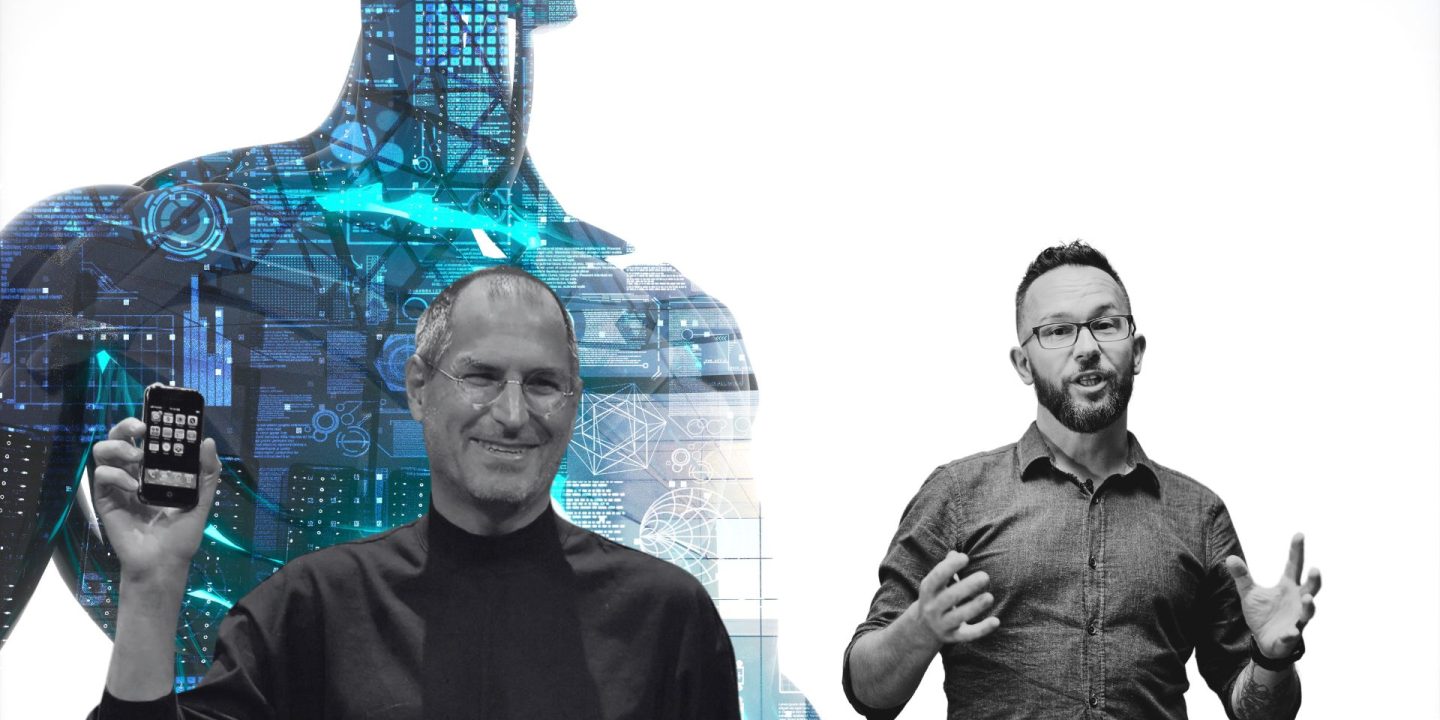Discover the inspiring journey of Steve Jobs as he transformed Apple from a struggling company into a global tech giant. Learn about his resilience, visionary leadership, and groundbreaking innovations.
Steve Jobs, the visionary co-founder of Apple, faced a profound setback in 1985 when he was forced out of the company he had helped build. This event marked more than just a professional loss; it triggered a period of deep introspection and grief for Jobs, who saw Apple as his life’s work and a testament to his creativity and vision.
Lessons in Resilience
Despite this setback, Jobs embarked on a transformative journey of resilience and growth. During his time away from Apple, he founded NeXT, a computer platform development company focused on higher education and business markets. Although NeXT initially struggled commercially, it laid the groundwork for many technological advancements. Notably, the NeXTSTEP operating system would later become the foundation for Apple’s macOS.
Concurrently, Jobs made a visionary move by acquiring Pixar Animation Studios from George Lucas in 1986 for $10 million. At the time, Pixar was a struggling graphics computer company. Jobs saw potential in Pixar’s technology and shifted its focus toward animated films. This decision proved transformative when Pixar’s first feature film, “Toy Story,” released in 1995, became a groundbreaking success, ushering in a new era of animated movies. Under Jobs’ leadership, Pixar produced several acclaimed films, including “Finding Nemo,” “The Incredibles,” and “Up,” solidifying its reputation as a leading animation studio and eventually being acquired by Disney in 2006.
These experiences outside of Apple provided Jobs with invaluable insights and lessons that he would later apply upon his return to the company.
Revolutionizing Apple
In 1997, Apple, struggling both financially and creatively, made a pivotal decision to acquire NeXT primarily for its operating system. This acquisition marked Jobs’ return to Apple, a company desperately in need of leadership and direction.
Jobs re-entered Apple with renewed vigor and determination. Drawing from the setbacks and challenges he had faced, Jobs initiated a sweeping transformation. He streamlined Apple’s product line, eliminating redundancy and focusing on innovation, design excellence, and customer experience.
Under his leadership, Apple experienced a resurgence marked by groundbreaking products that reshaped industries and set new benchmarks for technology. The iMac, introduced in 1998, combined striking design with user-friendly functionality, signaling Apple’s commitment to aesthetics and usability. The iPod, launched in 2001, revolutionized the music industry with its compact design and the introduction of the iTunes Store, altering how music was consumed globally.
Jobs’ visionary breakthrough came with the launch of the iPhone in 2007, a revolutionary device that integrated a phone, an iPod, and an internet communicator into a single device. The iPhone not only redefined the smartphone industry but also set new standards for mobile technology and user experience. This success was followed by the iPad in 2010, which created a new category of devices, bridging the gap between smartphones and laptops.
Under Jobs’ stewardship, Apple not only recovered from its earlier struggles but also became one of the most valuable companies in the world. His relentless focus on innovation, commitment to design perfection, and unwavering dedication to customer satisfaction propelled Apple to unprecedented heights.
Conclusion
Steve Jobs’ journey is a testament to the transformative power of resilience and the ability to turn adversity into opportunity. His story illustrates that setbacks can serve as catalysts for innovation and success if approached with courage, creativity, and determination.
By embracing failure and processing grief, Jobs found clarity and renewed purpose, enabling him to lead Apple through a historic turnaround. His experiences with NeXT and Pixar not only provided him with valuable insights but also served as a healing journey, rebuilding his confidence and vision.
Steve Jobs’ legacy continues to inspire entrepreneurs and business leaders worldwide to embrace their failures, reflect on lessons learned, and use adversity as a stepping stone to achieve remarkable achievements. His life’s work at Apple and beyond stands as a testament to the transformative power of resilience and the enduring impact of visionary leadership.
Ready to transform your leadership and forge impactful connections? Apply today to join our tech industry leaders network at the Neuro-Based Leadership Centre.
It is a platform for effective networking through learning, mentorship, co-creating solutions, collaborating on projects, cutting-edge neuroscience training, exchanging ideas and knowledge, gaining insights from those with diverse perspectives and establishing trust and credibility within the tech industry ecosystem and your potential clients.
Does it sound like what’s important to you and what you care about?
